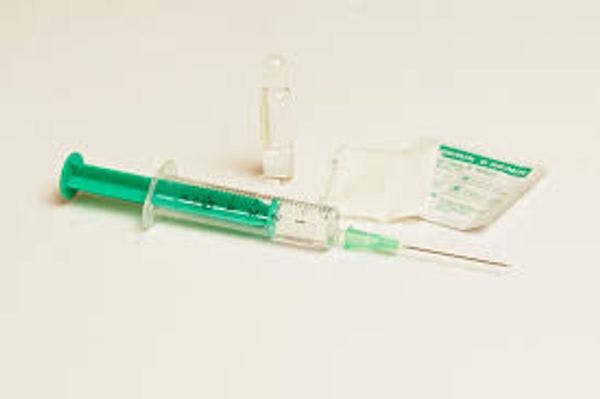To end HIV in drug users, stop chasing the dream of a drug-free world
By Susie McLean
Globally, about 12.7 million people inject drugs and 1.7 million of them are living with HIV.
On average, one in 10 new HIV infections is caused by sharing injecting equipment, according to the World Health Organisation.
In 1998 and 2009 the UN declared its ambition to bring about a world free of drugs. Many countries continue to take a punitive approach to HIV and drugs, using arrests, incarceration, criminal penalties and compulsory detention to criminalise and punish users. Drug use is predicted to rise by 25% by 2050, with most of the increase in developing countries, and we understand better than ever the damage done by the war on drugs. So we hoped that last week’s 59th session of the UN’s Commission on Narcotic Drugs (CND) would drop the rhetoric of a drug-free world in favour of progressive approaches to global drug policy that would help us meet the UN target of ending Aids by 2030.
It looks as if we were wrong.
The evidence for the effectiveness of harm reduction interventions – reducing the negative consequences of drug use rather than focusing solely on reducing drug use – is described by UNAids as irrefutable (pdf) and all relevant UN agencies now endorse a harm reduction approach to HIV and drug use.
At the International HIV and Aids Alliance we know of epidemics being averted, or reduced, in settings as diverse as Australia, Vietnam, Ukraine, Malaysia, China, Portugal, Mauritius and Switzerland.
110,000 injecting drug users were diagnosed with HIV in 2014 alone. The need for evidence-based approaches to dealing with this public health emergency has never been more important.
Yet in Vienna last week, references to harm reduction, needle and syringe programmes and opioid substitution therapy (OST) were contested. The policy process has been widely criticised, and the negotiations heavily influenced by countries including Russia who are vetoing harm reduction in favour of a bald restatement of the decades-old illusion of a drug-free world.
About $100bn (£69bn) is spent annually on the war on drugs, and research by Harm Reduction International published in the Lancet this month estimated that a 7.5% redirection of that money towards damage mitigation programmes would practically end HIV among injecting drug users.
So why does harm reduction continue to be such a problem for global drug policy?
Russia is thought to have been active behind the scenes at the CND, blocking attempts at putting a more progressive approach on the agenda. The country is notable for its failure to control the spread of HIV, in particular among drug users. It is one of the few countries where the HIV epidemic continues to grow quickly. Among members of the Council of Europe, it has the highest number of newly diagnosed HIV infections. More than 93,000 were diagnosed last year and 54% were attributable to unsafe drug injection, according to the Moscow-based Andrey Rylkov Foundation for Health and Social Justice.
Click here to read the full article.
Keep up-to-date with drug policy developments by subscribing to the IDPC Monthly Alert.
Thumbnail: Pixabay
